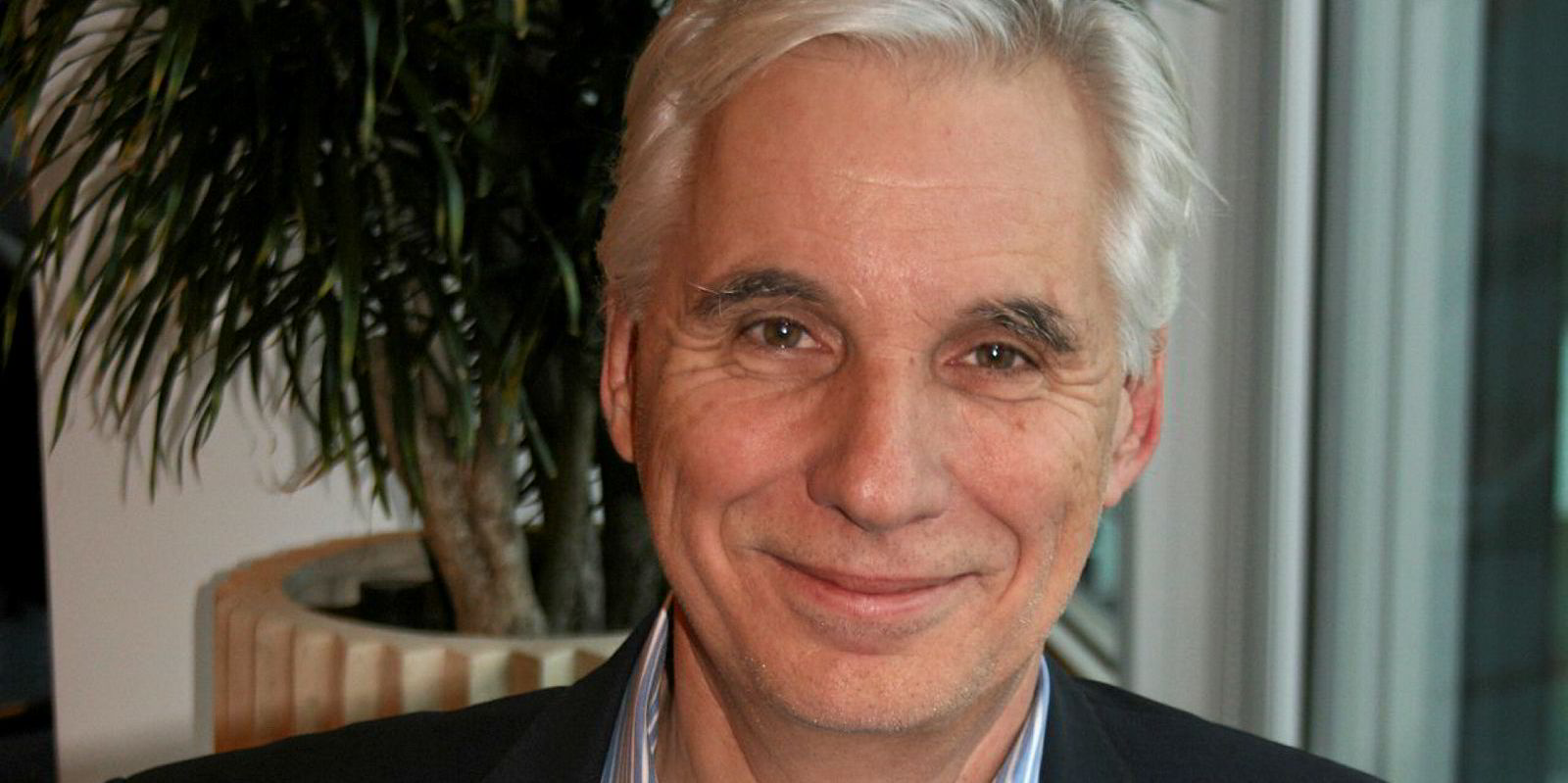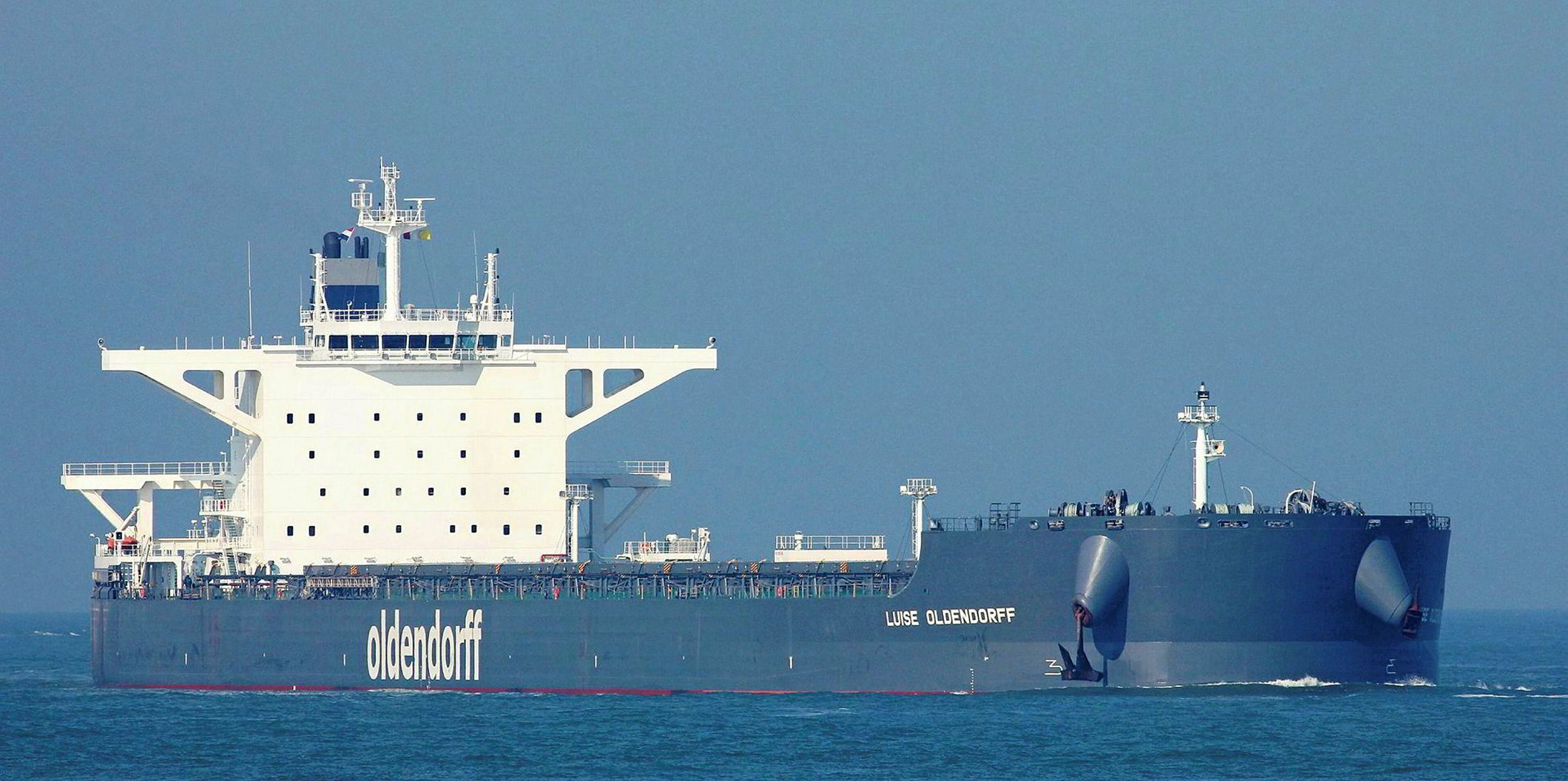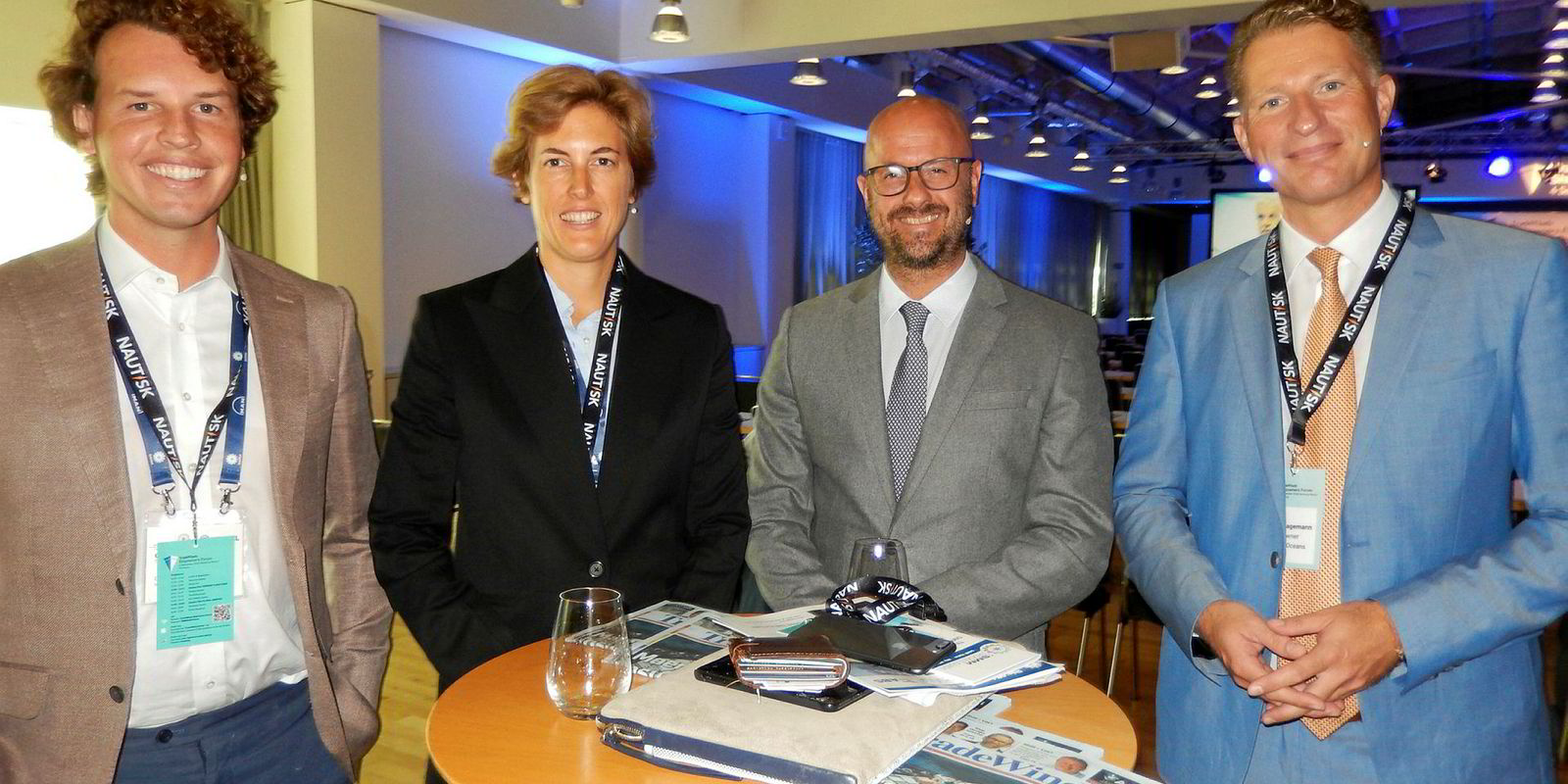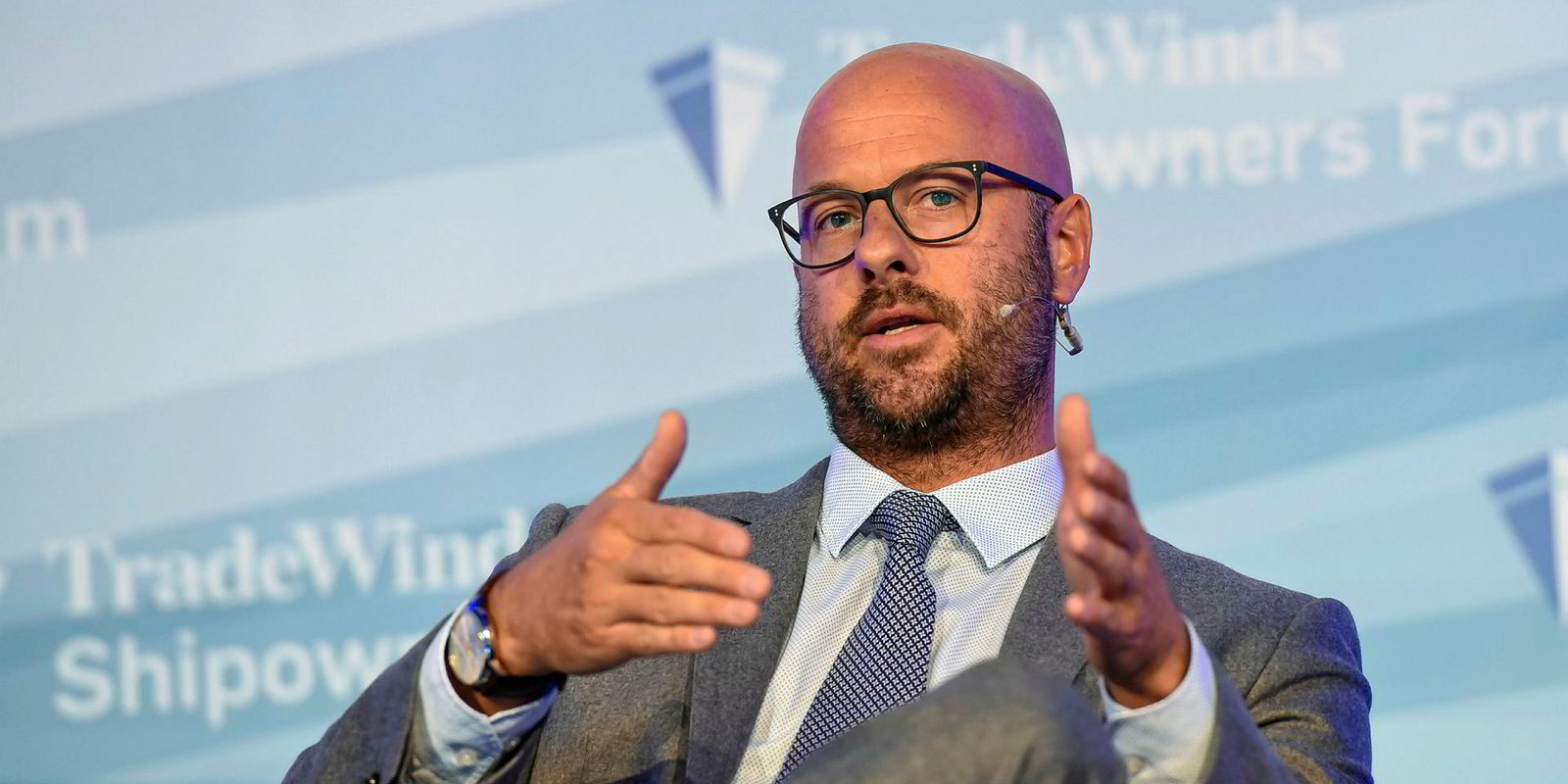Germany’s biggest bulker operator, Oldendorff Carriers, will turn to exhaust gas scrubbers as part of its solution for meeting 2020 emissions regulations.
The company has confirmed a plan to fit some of the modern large bulkers in its owned fleet with open-loop scrubbers.
The programme is expected to involve mostly retrofits, but some newbuildings might be equipped with the technology too, TradeWinds understands.
The exact number of vessels to be fitted with the devices has not yet been decided, but the project is expected to focus on capesize bulkers, where an investment in scrubbers is deemed more economically viable.
“Oldendorff has decided to go with open-loop scrubbers because they significantly reduce the amount of particulate matter in addition to meeting the IMO 2020 emission requirements,” the company said.
Confirmation of the project comes as the Lubeck-based shipowner is said to be involved in direct talks with a major fuel supplier to obtain high-sulphur fuel oil (HSFO) at a low price.
German shipowning sources suggest the talks reflect concern over the price and quality of HSFO after the 2020 deadline.

One of the worries is that sulphur levels in HSFO could exceed 5% after 2020, which could cause problems for operating existing scrubbers. Oldendorff did not comment on the fuel supply rumours, except to say it is talking to its bunker suppliers.
Privately owned Oldendorff is one of a growing number of bulker owners planning to install scrubbers on part of their fleet, although most have been stock-listed entities such as Star Bulk Carriers.
Scrubber uptake has increased to 1,262 vessels — 3.9% of the world fleet and 27.3% of the orderbook by tonnage capacity, according to Clarkson Research Services. DNB Markets expects 2,300 vessels to have scrubbers by 2020.
The incentive to fit the technology depends on fuel consumption, so it is more suited to larger ships, which normally burn more fuel. Installation at a cost of $3.7m would be easier to justify for a capesize consuming 40 tons of fuel per day than for a smaller panamax burning half that amount.
Oldendorff’s website lists around 20 newcastlemax bulkers of 208,000 dwt built between 2014 to 2017 that could be suitable for retrofits, with six more slated for delivery by the end of 2020.
The incentive to install scrubbers is highest in the run-up to 2020, but is expected to decline afterwards as the spread in the price between low-sulphur and high-sulphur fuels narrows.





